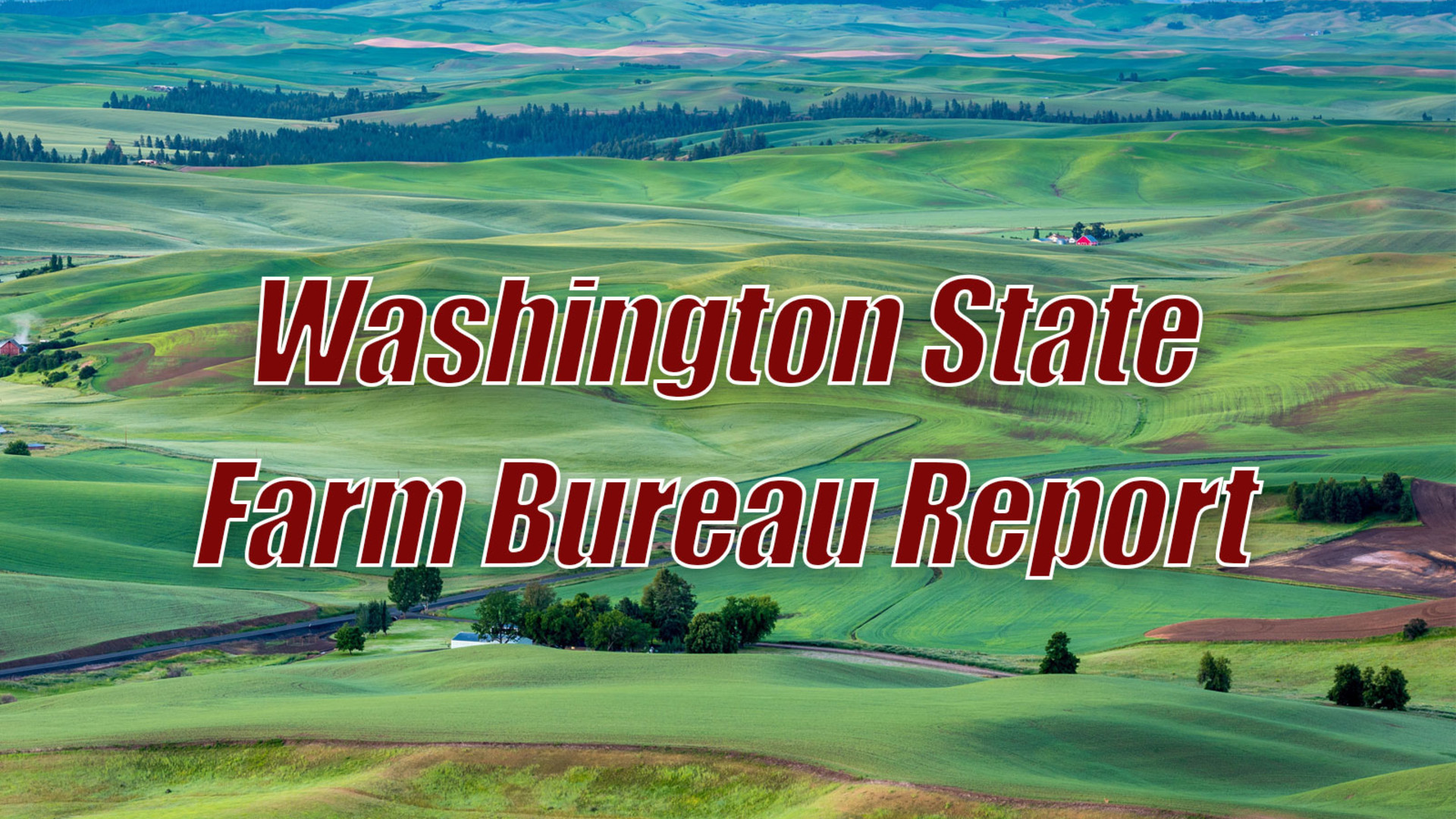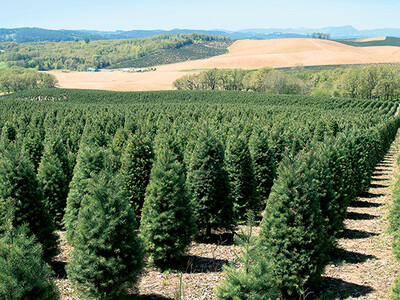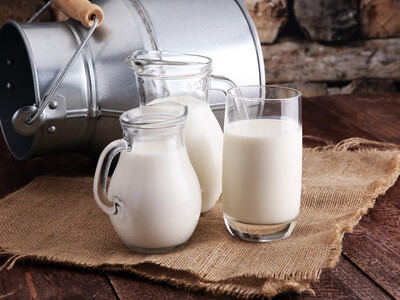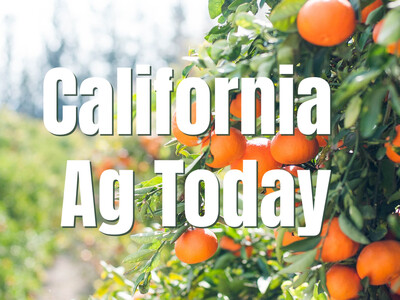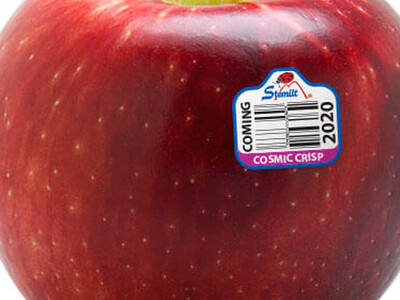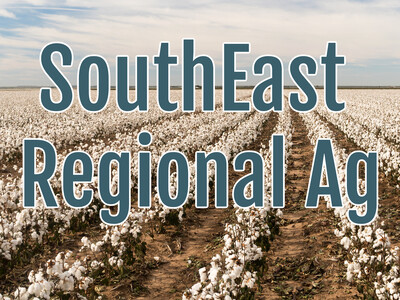Ghost Shrimp Taking Toll On Shellfish Farms
Ghost Shrimp Taking Toll On Shellfish Farms
I’m Lacy Gray with Washington Ag Today.
Washington’s shellfish industry represents over $60 million to the state’s economy. Shellfish farmers businesses are being hampered by a species of burrowing shrimp, the ghost shrimp. These native shrimp inhabit the tide flats in estuaries where oysters are grown, burrowing into the tide flats, making the sand and mud soft and unstable. As a result, oysters and other shellfish on the surface can sink, smother, and die. Kim Patten, horticulturist with WSU Long Beach Research and Extension Unit says the situation presents an interesting paradigm.
PATTEN: You’re basically trying to manage a native species to farm a non-native species - the pacific oyster.
This presents a challenge to shellfish growers and scientists. How do you control the shrimp population, which is a nuisance to the oyster and clam industry, but is also a source of food for birds and fish.
PATTEN: Since 1960 they’ve been using the insecticide carbaryl. Then in 2002 they agreed to an out of court settlement with the toxic coalition to phase out carbaryl in ten years, which 2012 was the last year of application.
During that ten years there has been a lot of research looking at alternatives to carbaryl, from mechanical control to biological control to reduced risk chemistries. Patten says though that most of those have been unsuccessful. On Monday Patten will talk about what might be the fate of shellfish growers if a control method isn’t found soon.
I’m Lacy Gray and that’s Washington Ag Today on the Ag Information Network.


